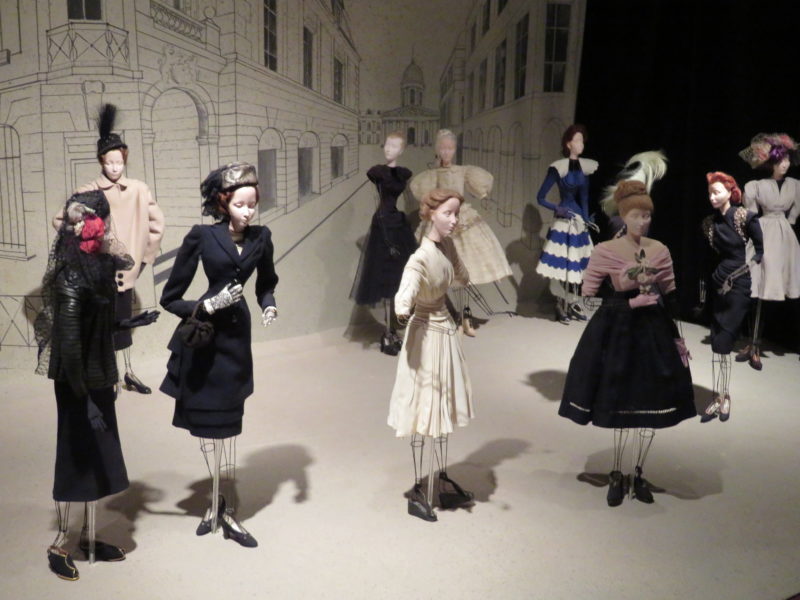I iron when I need therapeutic diversion. I love to iron and to see all that crinkly stuff somehow get back in semi-pristine shape, o.k., hints of pristine, given my ironing skills. It calms me down to watch the overflowing ironing basket empty slowly, and the shelves back in order, neat for about a minute-and-a-half. I like ironing even more than I despise cooking, and that’s saying something.
It did not work to calm my nerves, however, on this eve of midterm election. If anything, thoughts cropped up like: “Which one of my beloved tablecloths (I have a bit of a fetish there) would I take if we had to leave the country?” Now, we are NOT leaving the country, not yet anyhow, but the fact that these thoughts involuntarily pop up is disconcerting.
Back to positive thinking then, heeding the sage advice of those less prone to drama than yours’ truly; the only thought that came up, alas, was along the lines of “How did other people manage to get through far worse catastrophes than a potentially messed-up midterm election?”
Well, for one, they made it through a horrible war and decided to focus on beauty, and playfulness, and doing good. They, in this case, refers to the French, who shortly after WW II created a small miracle of a traveling show displaying the height of French fashion on small, strangely life-like wire mannequins in sets created by numerous fashion houses and artists. The idea was to raise funds for war relief and also bolster a sense of pride in a people identifying with fashion as an important part of their culture.
The 237 little mannequins in their elaborate, functioning outfits, buttons buttoned, zippers zipped, hats ever so slightly angled,
were put into sets representing either Parisian landscapes or fantasy worlds, all depending on the fashion to be augmented by such backgrounds.
The exhibit opened at the Louvre in 1945 and then traveled the world.
From Wikipedia: After Paris was liberated, the idea for a miniature theatre of fashion came from Robert Ricci, son of couturier Nina Ricci. All materials were in short supply at the end of World War II, and Ricci proposed using miniature mannequins, or fashion dolls, to address the need to conserve textiles, leather, fur, and so on. The mannequins were 27.5 inches (700 mm) tall, fabricated of wire. Some 60 Paris couturiers amongst them Nina Ricci, Balenciaga, Germaine Lecomte, Mad Carpentier, Martial & Armand, Hermès, Philippe & Gaston, Madeleine Vramant, Jeanne Lanvin, Marie-Louise Bruyère, Pierre Balmain.joined and volunteered their scrap materials and labour to create miniature clothes in new styles for the exhibit. Milliners created miniature hats, hairstylists gave the mannequins individual coiffures, and jewellers such as Van Cleef and Arpels and Cartier contributed small necklaces and accessories. Some seamstresses even crafted miniature undergarments to go under the couture designs. Seamstresses carried their sewing machines around with them to complete work on the Théâtre de la Mode during Paris’s post-War electricity shortages.
You can see it all close to home at Maryhill Museum in Goldendale WA, where each year a third of the sets get rotated into view. (The museum closes on 11/15 until the spring, so you either have to dash or you have something to look forward to in 2019.) The link below gives a thoughtful, more detailed description.
Creativity Triumphs – Theatre de la Mode
I can see how a project of this size can help people focus, be motivated, create a sense of community. The money it generated for victims of war must have been meaningful to the organizers. But above all, I think the creativity that went into generating this beauty served as a release valve from the direness of everyday post-war existence.
As Phil Ochs put it: In an ugly world the only true protest is beauty. Looks like we have options, even after November 6th…..


















Textile Ranger
Thanks for the link! And I got to go see the dolls in person last year, and I wrote about that too. I was really thrilled to see them!
Terry Thompson
Thus the beginning of conspicuous consumption and capitalism’s greatest driver.
Fashion. And the great resource extraction for human vanity. Anthropocentric narrative’s
justification for killing of “Beautiful” natural history. The vanity of man.
The constant need to compete with ones peers was tapped on a yearly basis.
I liked yesterdays post.
Not a great fan of predatory capitalism. Especially the need to consume all for the benefit
of the wealthy.
Time in New York made the fashion industry’s intent very visible and Wall streets complicity
apparent.
Carl
Thank you, Friderike! Great story — and we must get to Maryhill. Nice diversion on this tense morning.
Sartenada
Those are gorgeous. People in Finland has made these:
Dancing dolls
Have a wonderful day!